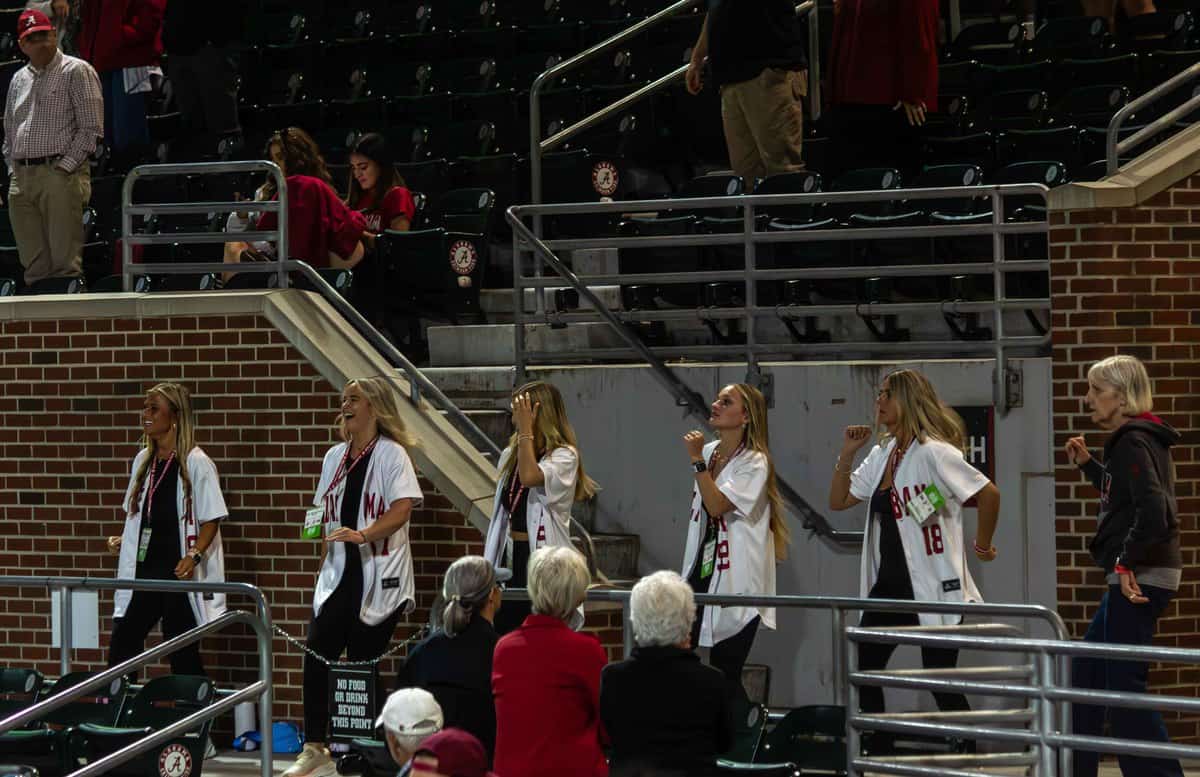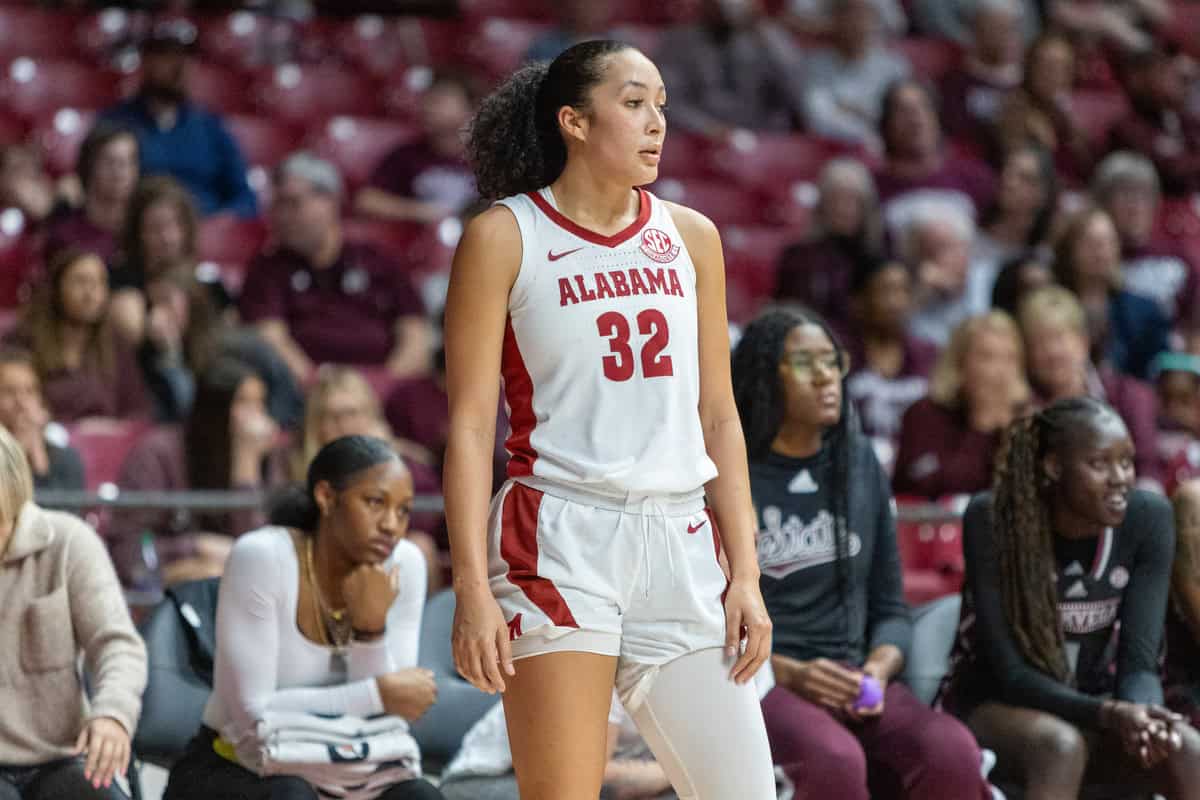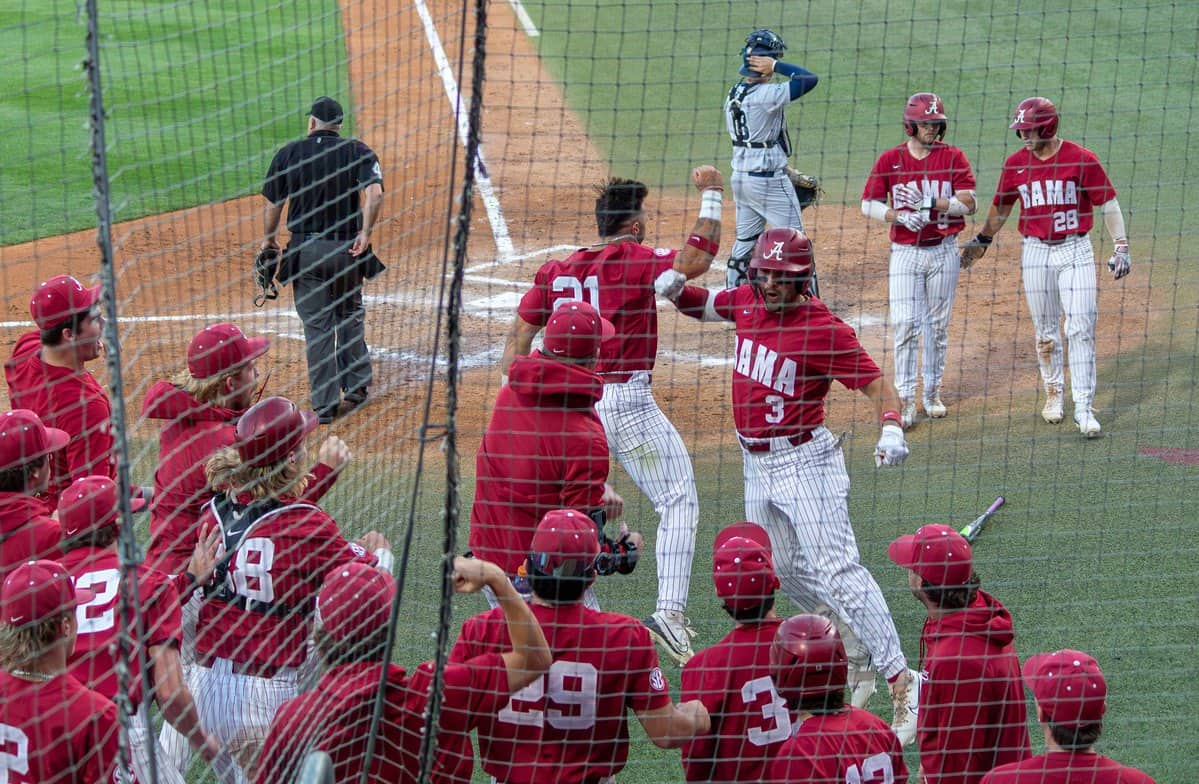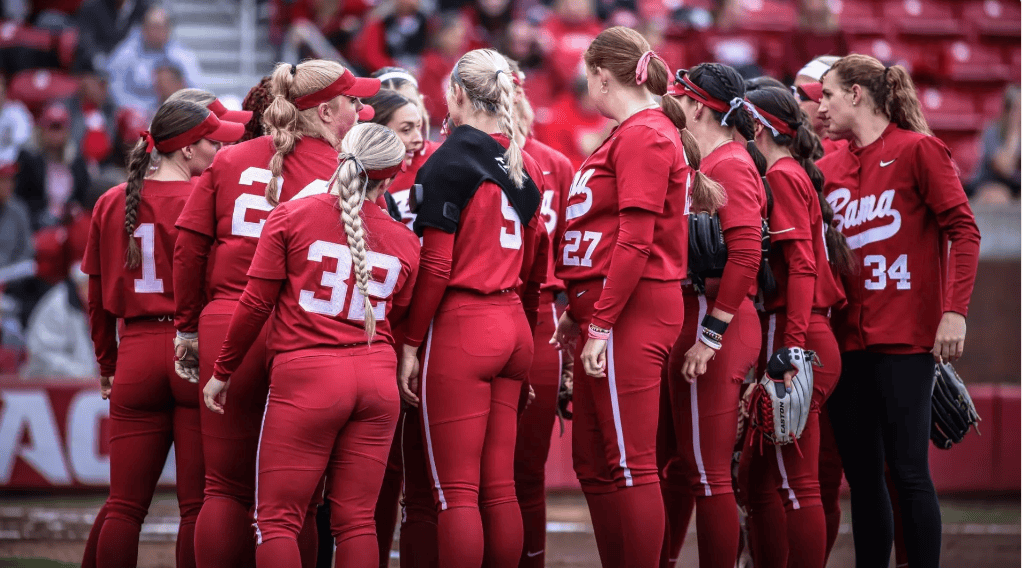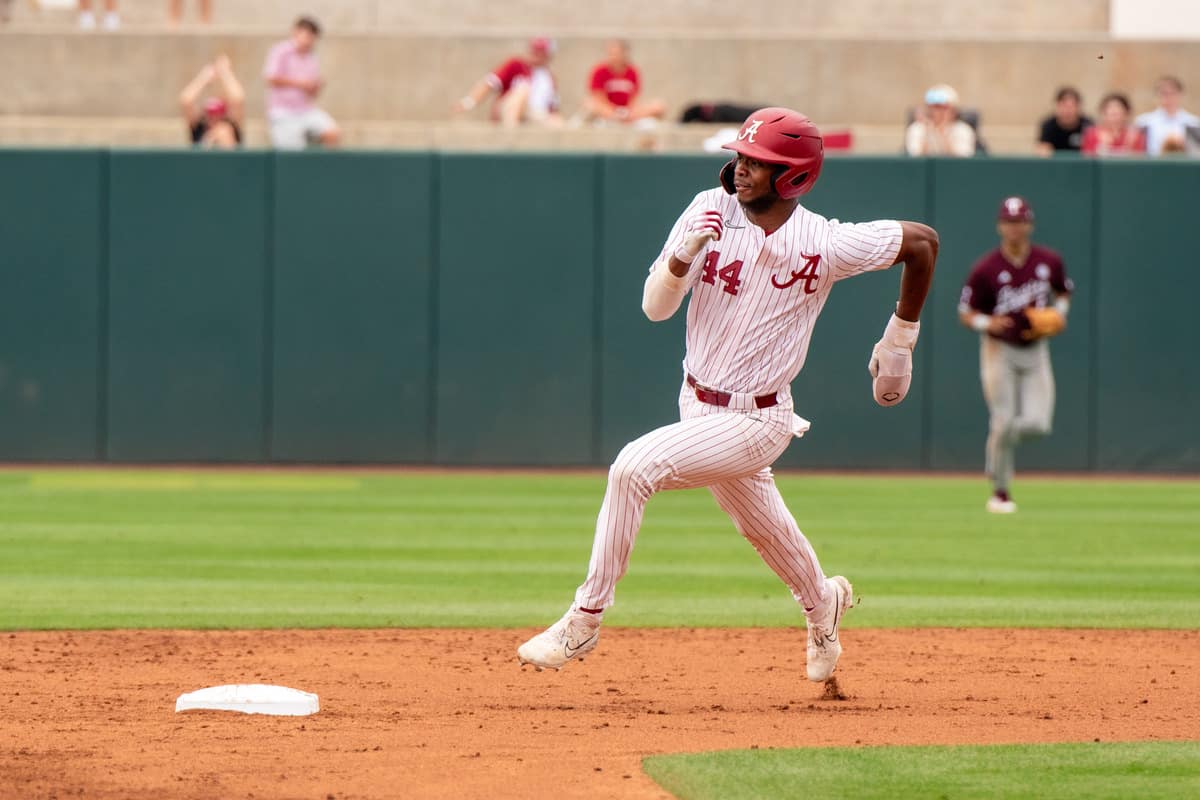The 2012 NFL season saw a lot of changes. Many new quarterbacks got to see their first starts. Quarterbacks like Robert Griffin III, Colin Kaepernick and Russell Wilson made their marks on the NFL. These new quarterbacks all are considered dual threats and have made a living of both throwing and running the ball. They had a combined record of 32-15-1 during their first year at the helm. Kaepernick even led the San Francisco 49ers to the Super Bowl. With this amount of success, the question arose: Who fits better as a franchise quarterback, the dual threat or the traditional pocket passer?
Are dual-threat QBs actually better? Well, first of all, many pocket passers have already proven themselves as great quarterbacks in the league. Peyton Manning, Drew Brees and Tom Brady are now league veterans. They have established themselves as top-five quarterbacks in the NFL. They combine for five Super Bowl titles and six MVPs. There are also younger pocket passers succeeding like Aaron Rodgers, Matt Ryan and 2013 Super Bowl champion Joe Flacco. It’s obvious that with 23 of 32 teams starting pocket passers, they are still the most popular option in the NFL.
But the dual-threat quarterbacks are particularly new to the NFL. Of the nine dual-threat quarterbacks starting, only one has played more than three years. Michael Vick was seen as an athletic freak with no arm, and many critics believed he could never run an NFL offense. Vick proved many people wrong as he has piled up many winning seasons.
Still, general managers and owners do not want to believe. The rise of dual-threat quarterbacks in college led to a crop of talent drafted by the NFL, including Heisman winners Cam Newton and RG3. General managers were finally giving them a chance. The read-option had become an integral part of these quarterbacks’ offenses. Many of these quarterbacks ran the offense well in college, so it transitioned to the pros. The passing game also went well in 2012 with RG3, Kaepernick and Wilson finishing fifth, sixth and seventh in total quarterback rating, respectively. Defenses now had to account for the option-run along with the pass. It has become hard to defend.
This season has made somewhat of a different case for these quarterbacks, though. The records of the nine dual-threat quarterbacks so far is a combined 20-22. There is nothing stellar so far from these teams. Seattle is the only team with four wins, as they sit at 4-1.
The truth is having a dual-threat quarterback is exciting and potentially explosive, but in my opinion, the best quarterback for a franchise is a pocket passer. Pocket passers are more efficient. Only two dual threats crack the top 10 in QBR: Jake Locker (5) and Michael Vick (9). The old men – Peyton, Brees and Brady – are a combined 14-1. Likewise, younger pocket passers Alex Smith and Andrew Luck are 9-1.
For dual threats, the injuries are starting to pile up as well. They have much more exposure to injury when they run the ball. Cases like RG3, Jake Locker and Michael Vick have all been affected recently by injuries. Franchise quarterbacks are needed to stay healthy to obtain any consistent success.
The risk of taking a dual-threat quarterback is not worth it to me. The trend is still growing, though, and there will probably be even more of them soon. The recent victories by dual threats have caught much attention, but overall, pocket passers still dominate.

